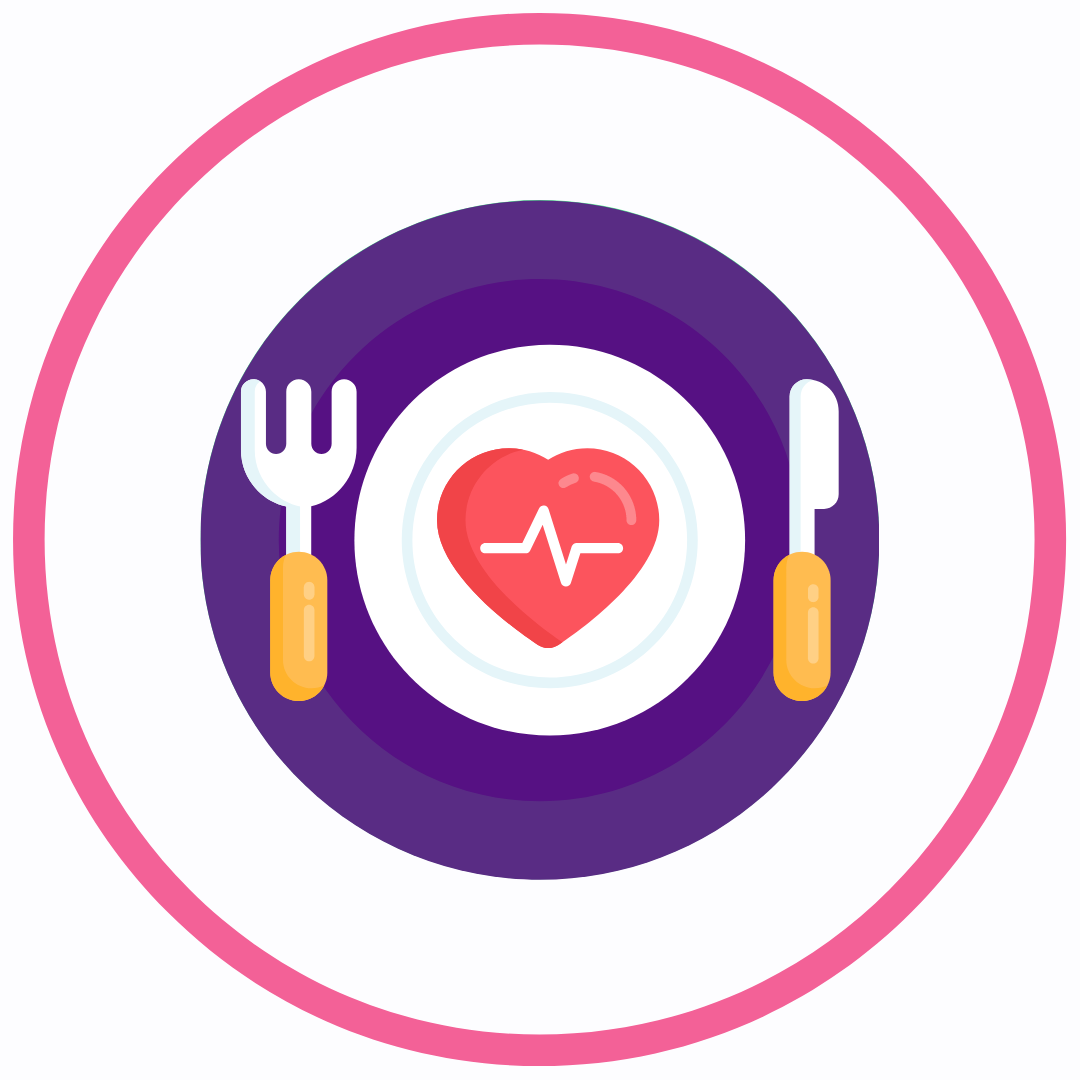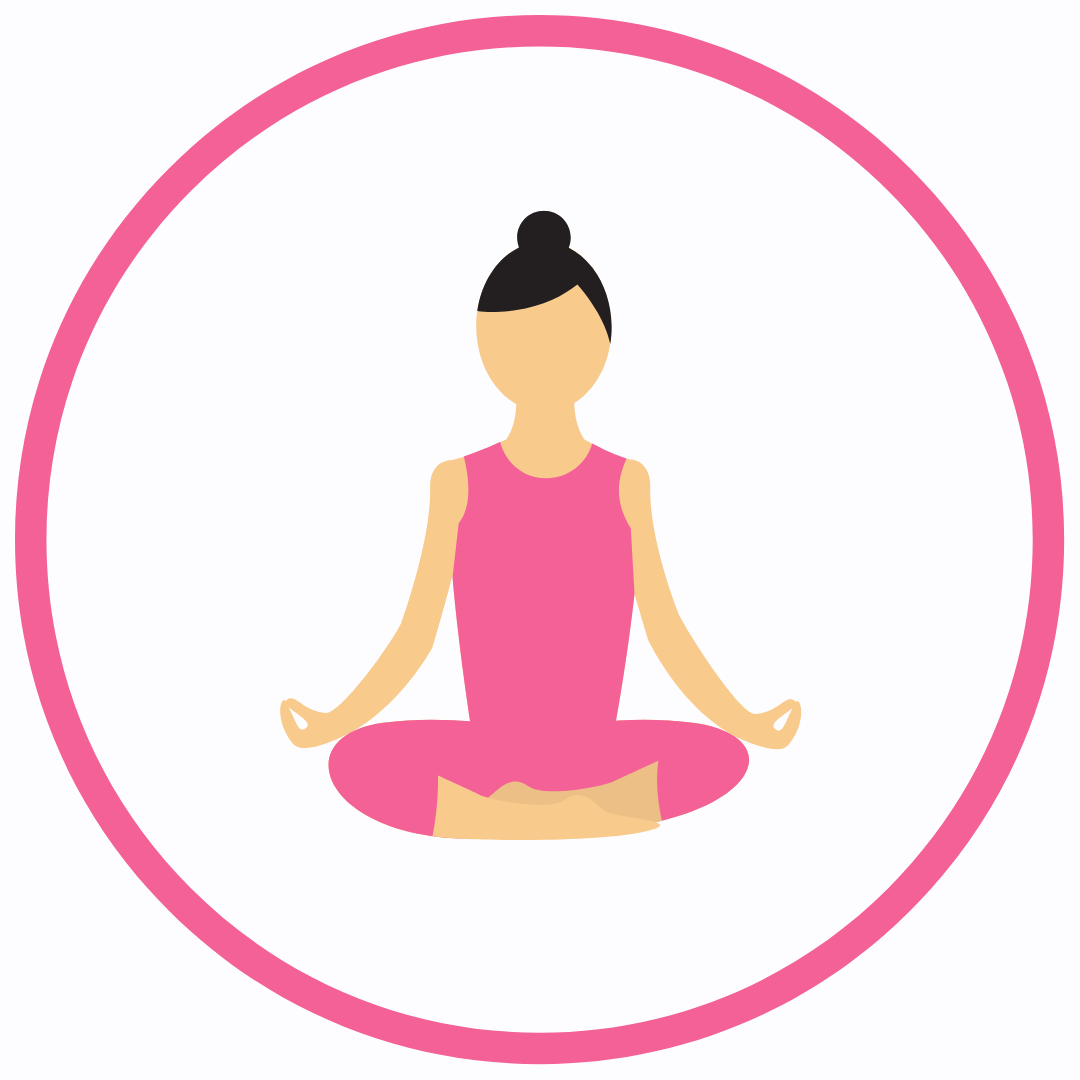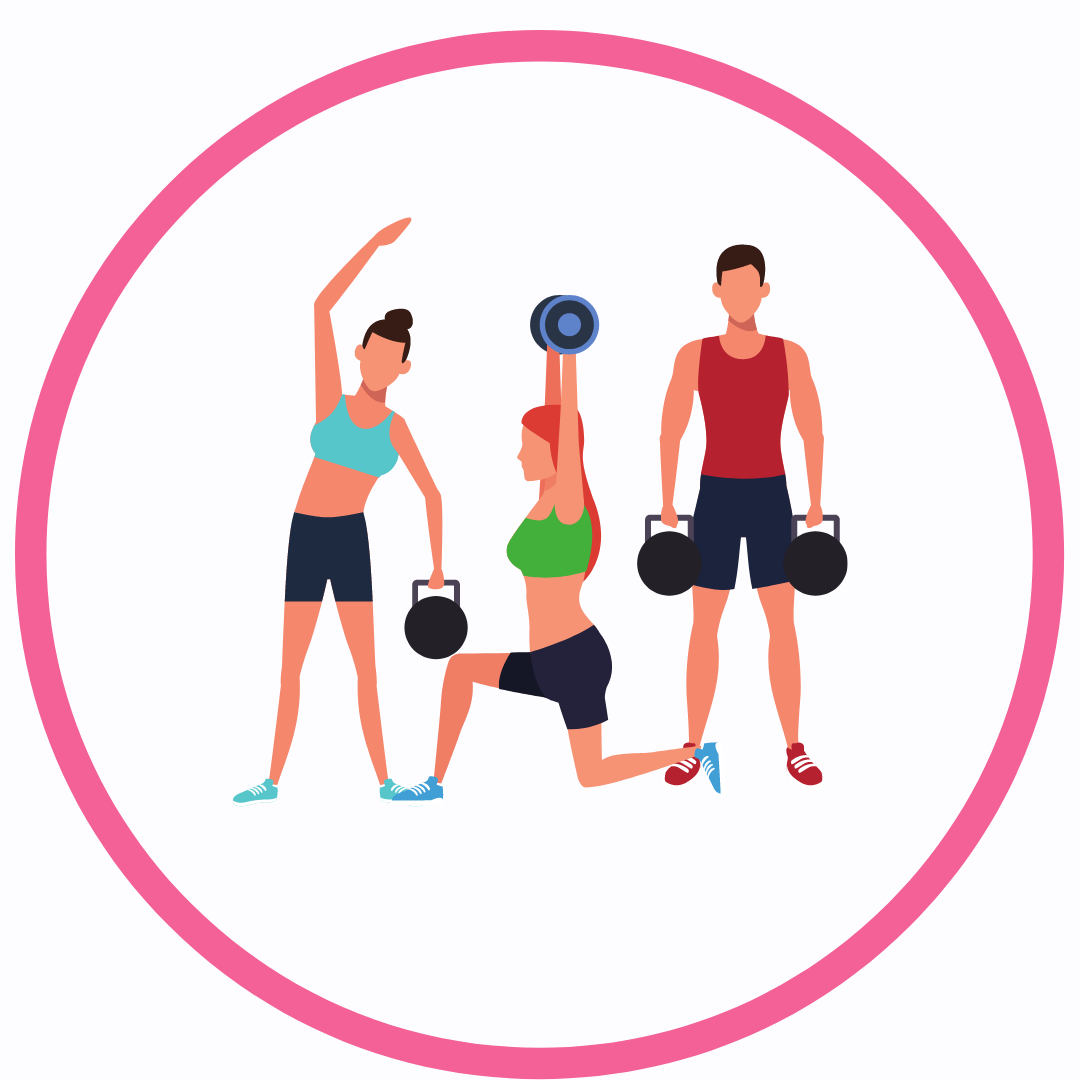Polycystic ovary syndrome (PCOS) is one of the leading women’s health conditions in women of childbearing age. It’s estimated to effect 8-13% of young women worldwide, yet 70% of women remain undiagnosed. Adrenal PCOS is one of four types of PCOS. The others include: insulin-resistant PCOS, inflammatory PCOS and post-pill PCOS. Adrenal PCOS occurs when the adrenal glands make excess amounts of androgen hormones. According to the Journal of Clinical Endocrinology & Metabolism, It’s estimated that over 50% of patients with PCOS demonstrate excess levels of adrenal androgens, particularly dehydroepiandrosterone sulfate (DHEA-S).
What exactly is an androgen?
Androgens are a group of hormones that are classified under the reproductive family. They are responsible for regulating the male and female (in smaller amounts) reproductive systems. In the female body, androgens are released from the ovaries and the adrenal glands.
There are four hormones that make up the “androgen” class. These include:
- Testosterone
- DHEA (dehydroepiandrosterone sulfate)
- DHT (Dihydrotestosterone)
- Androstenedione
-
- Testosterone is the most common androgen that most people know about. In women, testosterone is secreted by the ovaries in small amounts and plays a role in supporting estradiol levels. Estradiol is the main type of estrogen produced during the reproductive years. Testosterone converts to estrogen through a process called aromatization.
-
-
- Common signs and symptoms:
-
- Low levels- low sex drive, difficulty gaining muscle mass, decreased dopamine (motivation neurotransmitter)
- High levels- adult acne, reduced breast size, deeper voice, thinning hair (on the head), excess facial and body hair (hirsutism)
-
- Common signs and symptoms:
-
-
- DHEA or dehydroepiandrosterone sulfate is mainly made by the adrenal glands and is important for testosterone and estrogen production.
-
-
- Common signs and symptoms:
-
- Low levels- unexplained weight loss, decreased sex drive, nausea, vomiting, cravings for salt, excessive thirst
- High levels- excess body and facial hair growth, voice changes, irregular menstrual cycle, acne, hair loss (mainly on top of the head)
-
- Common signs and symptoms:
-
-
- DHT or Dihydrotestosterone is a hormone that is made from testosterone. It is about three times more potent than testosterone. When elevated levels are detected, this can result in many unwanted symptoms.
-
-
-
- Common signs and symptoms
-
- Low levels- decreased sex drive, hair thinning, unintentional weight gain
- High levels- excess body and facial hair, adult acne and irregular menstrual cycles
- Note: low levels are less common since DHT normally increases with age
-
- Common signs and symptoms
-
-
-
-
-
- Androstenedione: commonly known as “andro”, it is also produced in the adrenal gland and also plays a role in testosterone production.
-
-
-
- Common signs and symptoms:
-
- Low-lower sex drive, fatigue
- High- excessive facial or body hair, adult acne, hair thinning, insulin resistance, high LDL cholesterol, deepened voice, irregular or skipped menstrual cycles
-
- Common signs and symptoms:
-
Many women would be surprised to know that androgens are actually the most abundant hormones in the female body. However, it’s when they get out of balance that they can create issues like dark coarse facial hair growth, acne, hair loss on the head and irregular cycles. When androgens are elevated, progesterone production is impacted and progesterone is an incredibly important hormone for regulating women’s menstrual cycles, mood and fertility. You can learn more about the role of progesterone in this podcast episode here.
As you can see, an important balance of androgen hormones is essential to prevent unwanted symptoms. There are several factors that drive androgen production including insulin resistance, gut dysbiosis, and stress.
Below are a few things you can include into your everyday lifestyle to support a healthy balance of androgenic hormones:
- Balanced Blood Sugar
- Manage Stress
- Spearmint Tea
- Mineral Rich Foods
- Zone 2 Aerobic Exercise and Strength Training
 Balanced Blood Sugar
Balanced Blood Sugar
When your blood sugar levels are elevated, this can increase your risk for developing insulin resistance. This reduces your body’s ability to absorb glucose and use it for energy. When insulin resistance is high, this can increase androgen levels and lead to undesirable symptoms like fatigue.
- Wellness Tip: when building your next meal, keep these THREE food groups in mind- Vegetables + Protein + Healthy Fats. An example of this could look like a vegetable stir fry with tofu and sliced avocado.
Manage Stress

When your body experiences stress, a few things can happen: heart rate and blood pressure rates increase, blood sugar levels increase, and the hormone cortisol is elevated. When this continues to occur for a prolonged period of time, it can affect your hormonal health, causing androgen levels to be out of range.
- Wellness Tip: practice a 15 minute self-care activity daily. Try yoga, deep breathing, or taking an afternoon walk.
Spearmint Tea
This tea contains special herbal properties that can aid in decreasing androgen levels (specifically testosterone). It can also support follicle-stimulating hormones and estradiol which contribute to having a regular menstrual cycle.
- Wellness Tip: try sipping on spearmint tea with your afternoon snack or before bedtime.
Mineral Rich Foods
Eating mineral rich foods provides your body with a wide variety of nutrients that are essential for balancing androgen levels. Consuming foods rich in magnesium, zinc, iron, and calcium can benefit your androgen balance and hormonal health overall.
- Wellness Tip: drinking a smoothie daily is a great way to incorporate a variety of nutrients. Try this Nitrate Berry Beet Smoothie recipe for your next breakfast or afternoon snack!
Zone 2 Aerobic Exercises and Strength Training 
Exercising daily can help decrease insulin resistance, a key factor in balancing androgen levels. Incorporate Zone 2 exercises in your workout regimen to build muscle, improve endurance, and achieve balanced hormones.
- Want to learn more? Check out this podcast episode with Coach Joseph Geletko where we dive into the benefits of Zone 2 exercise!
After the above components have been addressed, more thorough testing may be necessary to identify the root causes of your androgen imbalances. You can learn more about our private coaching that includes advanced testing here.
Written by: Helory Kojongian
Instagram: @healthytreatsgirl
References
A; C. Effects of androgens on insulin action in women: Is androgen excess a component of female metabolic syndrome? Diabetes/metabolism research and reviews. https://pubmed.ncbi.nlm.nih.gov/18615851/. Accessed January 25, 2022.
Akdoğan M;Tamer MN;Cüre E;Cüre MC;Köroğlu BK;Delibaş N; Effect of spearmint (mentha spicata labiatae) teas on androgen levels in women with hirsutism. Phytotherapy research : PTR. https://pubmed.ncbi.nlm.nih.gov/17310494/. Accessed January 25, 2022.
Berrino F;Bellati C;Secreto G;Camerini E;Pala V;Panico S;Allegro G;Kaaks R; Reducing bioavailable sex hormones through a comprehensive change in diet: The Diet and androgens (diana) randomized trial. Cancer epidemiology, biomarkers & prevention : a publication of the American Association for Cancer Research, cosponsored by the American Society of Preventive Oncology. https://pubmed.ncbi.nlm.nih.gov/11205485/. Accessed January 20, 2022.
Davey RA, Grossmann M. Androgen receptor structure, function and biology: From bench to bedside. The Clinical biochemist. Reviews. https://www.ncbi.nlm.nih.gov/pmc/articles/PMC4810760/. Published February 2016. Accessed January 20, 2022.
HG; B. Androgen production in women. Fertility and sterility. https://pubmed.ncbi.nlm.nih.gov/12007895/. Accessed January 20, 2022.
High testosterone in women: Causes, symptoms, and normal levels. Medical News Today. https://www.medicalnewstoday.com/articles/321292#symptoms. Accessed January 20, 2022.
Hormone. Testosterone. Testosterone | Hormone Health Network. https://www.hormone.org/your-health-and-hormones/glands-and-hormones-a-to-z/hormones/testosterone. Published May 12, 2020. Accessed January 20, 2022.
Medical definition of Androstenedione. MedicineNet. https://www.medicinenet.com/androstenedione/definition.htm. Published March 29, 2021. Accessed January 20, 2022.
Simon DJ, Jamea E, MSES RS, Rimlinger E. Overview. HealthyWomen. https://www.healthywomen.org/your-health/androgen/overview. Published August 28, 2020. Accessed January 20, 2022.
Comments +